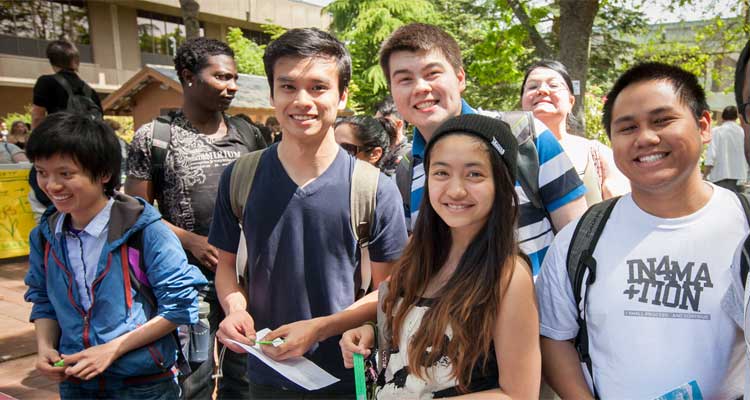Powwow History
The term “powwow” is derived from the Algonquian work, pauau, meaning “any gathering of people”. From an American Indian perspective, “powwow” is a relatively modern term that refers to any tribal or intertribal, secular event that features singing, dancing, honoring ceremonies, and giveaways, occasionally interposed with prayers and speeched in Native language or English. Originally a dance associated with the Great Plains, today powwows are held in nearly every major city in the United States, Canada, and in many European cities where American Indians are invited to participate. Powwows are perhaps the most public and dramatic expressions of American Indian identity in the twentieth century.
Most experts agree that the modern day powwow had it’s origin in a religious ceremony of the Pawnee sometime before the mid-nineteenth century. The oldest form of the dance is the Pawnee Irushka, meaning “they are inside the fire”, and nearby Oaha, who transformed the sacred ceremony to one celebrating warfare. The Omaha and Siouan-speakers called the dance Hedushka or Helushka.
After the middle of the nineteenth century, most Plains tribes were confined to reservations. During this time the Hedushka began to spread across the Plains. As the dance moved westward, each tribe that learned it from it’s neighbor named it after some peculiar characteristic. In Oklahoma, sometimes called the “cradle of powwowing”, the dance took on two main types of characteristics, the “fancy dance” of the Kiowa, Comanche, and the Kowa-Apache, and the southern Cheyenne and Arapaho, as opposed to the more conservative, “straight dance” of the Osage, Oteoe, Quapaw, Ioway, Missouri, and Ponka (and once again the Pawnee and Omaha).
It was not until the mid-1950s that the terms “powwow” and “War Dance” became popular outside of Oklahoma. At this time individual tribal members began traveling between reservations and other Indian communities to participate in powwow contests and gradually term “powwow” caught on.
Since 1955, there has been a tendency toward the development of six different styles of dance regalia, three for males and three for females. These six different styles include Men’s “Fancy”, “Traditional”, and “Grass” dances, and Women’s “Fancy Shawl”, “Traditional”, and “Jingle” dances.
Powwows traditionally begin with a grand entrance followed by a flag raising ceremony, then a short invocation. War Dances then follow, interspersed with Round Dances, Rabbit Dances, Two Steps, and other specialties. The singers and dancers break for a noon and evening meal, then resume dancing, sometimes until early in the morning.
Dance contests are generally organized around age, gender, and dance style. There are usually four categories, “Tiny Tots”, which little boys and girls may participate, boys and girls, young men and women, and elder men and women. Each age group participates in contests for win, place, and show in “Traditional”, “Fancy”, “Grass”, “Jingle”, and “Shawl” dancing.
Powwow contests are judged by older men and women, most of whom have been powwow champions. Dancers are judged on their individual ability to master the particular style in which they compete, to keep good time with the song, and to end precisely on the last beat of the drum. Dancers are automatically disqualified if they lose an article of costuming during a contest, or if they overstep the last beat. They are also expected to participate fully in the entire powwow and not only in the competitions.
The powwow is the key symbol of twentieth century American Indian identity. Although frequently seen as a “Pan-Indian” movement, the powwow actually enables members of tribes to relate to others of different tribes in order to perpetuate contemporary American Indian culture on a grand and public scale. At the same time, American Indians participate in rich and tribally distinct cultures, which continue to flourish.
Edited and condensed from William K. Powers, “Powwow,” Native America in the Twentieth Century (New York: Garland Publishing, 1994) 476-80.

